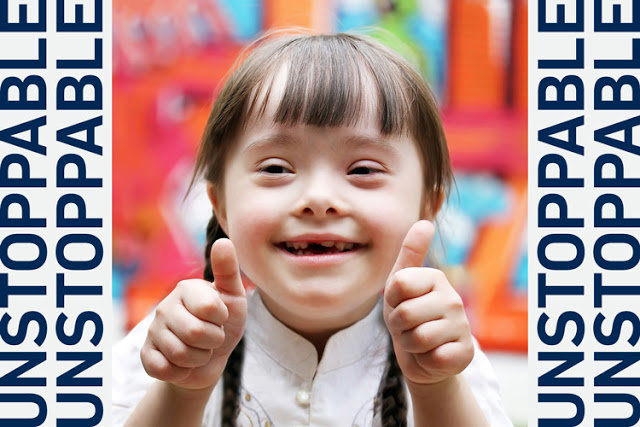Blog dev and testing page
H1 Title here
10 commandments for communicating with people with disabilities
Yossi Kahana

Categories: Impact Blog,
Tags: special needs,
In honor of Jewish Disabilities Awareness, Inclusion, and Acceptance Month, here are the 10 commandments of communicating with people with disabilities.
The 10 Commandments of Communicating with Someone with Disabilities
1. Speak directly to the person
2. Offer to shake hands
3. Identify yourself when speaking to a person who is blind
4. Wait for a response and instructions when offering assistance
5. Treat adults as adults
6. Do not hang or lean on a person's wheelchair
7. Listen attentively
8. Speak to people at eye level
9. Tap a person who is deaf on her/his shoulder
To get the attention of someone who is deaf, tap the person on the shoulder or wave a hand in her/his direction. Once you have the person's attention, speak in a normal tone. Keep objects away from your mouth so the person can read your lips. Be courteous. Do not shout.
10. Relax!
The most important thing to remember when interacting with people with disabilities is to BE YOURSELF. Do not be embarrassed if you happen to use common expressions that seem to relate to disability.
Jewish Disabilities Awareness, Acceptance, and Inclusion Month is a unified effort among Jewish organizations worldwide to raise awareness and foster inclusion of people with disabilities and those who love them. JDAIM is a call to action for all of us as we act in accordance with our Jewish values, honoring the gifts and strengths that we each possess.
Yossi is a director of JNF Task Force on DisabilitiesAll gifts donated to JDAIM from now until Feb. 29 will be matched up to $1 million.
10 commandments for communicating with people with disabilities
Yossi Kahana

Categories: Impact Blog,
Tags: special needs,
In honor of Jewish Disabilities Awareness, Inclusion, and Acceptance Month, here are the 10 commandments of communicating with people with disabilities.
The 10 Commandments of Communicating with Someone with Disabilities
1. Speak directly to the person
2. Offer to shake hands
3. Identify yourself when speaking to a person who is blind
4. Wait for a response and instructions when offering assistance
5. Treat adults as adults
6. Do not hang or lean on a person's wheelchair
7. Listen attentively
8. Speak to people at eye level
9. Tap a person who is deaf on her/his shoulder
To get the attention of someone who is deaf, tap the person on the shoulder or wave a hand in her/his direction. Once you have the person's attention, speak in a normal tone. Keep objects away from your mouth so the person can read your lips. Be courteous. Do not shout.
10. Relax!
The most important thing to remember when interacting with people with disabilities is to BE YOURSELF. Do not be embarrassed if you happen to use common expressions that seem to relate to disability.
Jewish Disabilities Awareness, Acceptance, and Inclusion Month is a unified effort among Jewish organizations worldwide to raise awareness and foster inclusion of people with disabilities and those who love them. JDAIM is a call to action for all of us as we act in accordance with our Jewish values, honoring the gifts and strengths that we each possess.
Yossi is a director of JNF Task Force on DisabilitiesAll gifts donated to JDAIM from now until Feb. 29 will be matched up to $1 million.
Some content and h2

